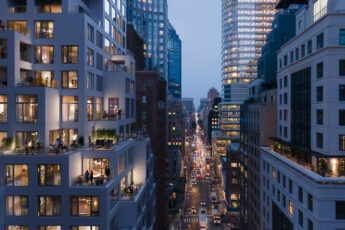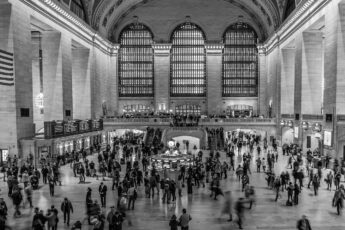The Impact of Gentrification on NYC Real Estate Market

Gentrification is a process by which historically working-class neighborhoods are transformed through investment and development, leading to an influx of wealthier residents and businesses. The impact of gentrification on the New York City real estate market has been significant, with both positive and negative effects. In this blog, we will explore the impact of gentrification on the NYC real estate market.
Positive Impact of Gentrification
- Increased Property Values
One of the most significant positive impacts of gentrification on the NYC real estate market is the increase in property values. As neighborhoods are revitalized and transformed, property values tend to rise, leading to increased profits for property owners and investors. This increase in property values can also lead to increased property tax revenue for the city.
2. New Business Development
Gentrification can lead to new business development in the area, as businesses seek to cater to the new, wealthier residents. This can lead to increased economic activity and job creation, benefiting both the local community and the city as a whole.

3. Improved Public Services
As neighborhoods are transformed through gentrification, there is often an increased demand for public services, such as public transportation, parks, and schools. This can lead to improvements in these areas, benefiting both the new and existing residents of the neighborhood.
Negative Impact of Gentrification
- Displacement of Existing Residents
One of the most significant negative impacts of gentrification is the displacement of existing residents, particularly those from lower-income communities. As property values rise, many long-time residents are priced out of the area and forced to move elsewhere. This can lead to the loss of community ties and a sense of displacement.

2. Cultural Erosion
As new residents move into gentrifying neighborhoods, there can be a loss of the existing cultural and social fabric of the area. This can lead to the displacement of cultural institutions and the loss of community identity.
3. Increased Living Costs
As gentrification leads to increased property values and new development, it can also lead to increased living costs for both renters and homeowners. This can make it difficult for lower-income residents to afford to stay in the area, leading to further displacement.

Conclusion
The impact of gentrification on the New York City real estate market is complex and multi-faceted. While there are certainly positive aspects to gentrification, such as increased property values and new business development, there are also negative impacts, such as the displacement of existing residents and cultural erosion. It is important for policymakers and developers to be mindful of the potential negative impacts of gentrification and to work to mitigate them. One potential solution is to implement policies that prioritize affordable housing and protect existing residents from displacement. Additionally, it is important to engage with and involve local communities in the gentrification process, to ensure that their voices are heard and that their needs are taken into account. In conclusion, while gentrification has had a significant impact on the New York City real estate market, it is important to approach it with a thoughtful and nuanced perspective. By taking into account both the positive and negative impacts of gentrification and working to mitigate the negative impacts, we can create more equitable and sustainable communities in New York City.










